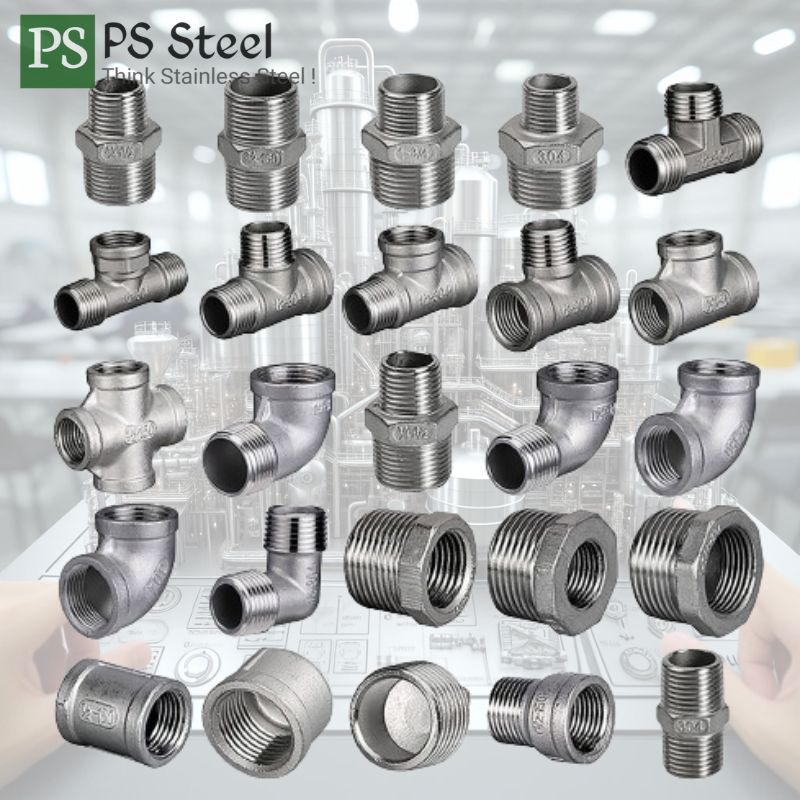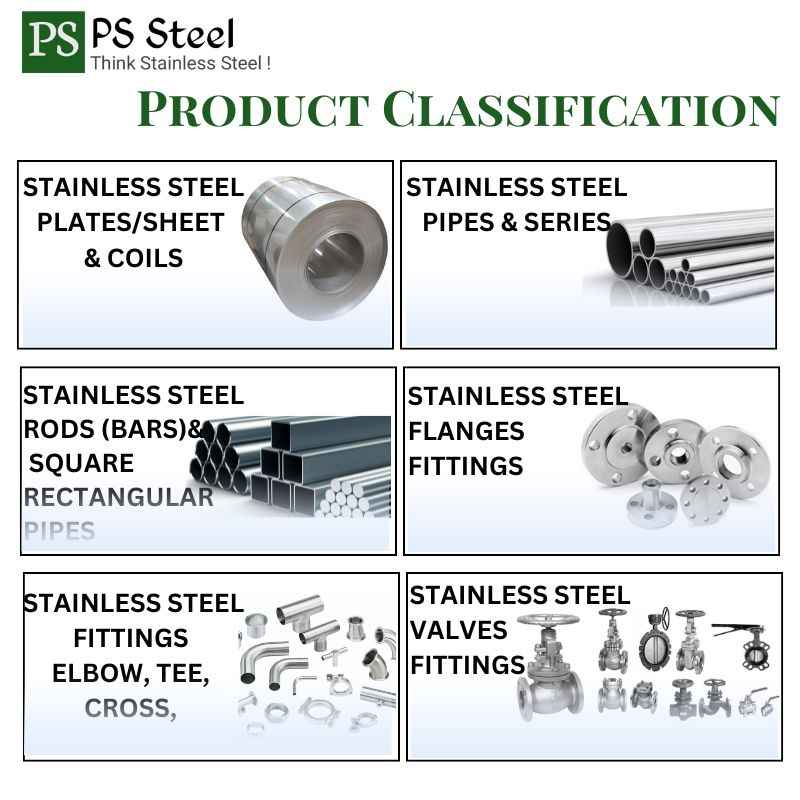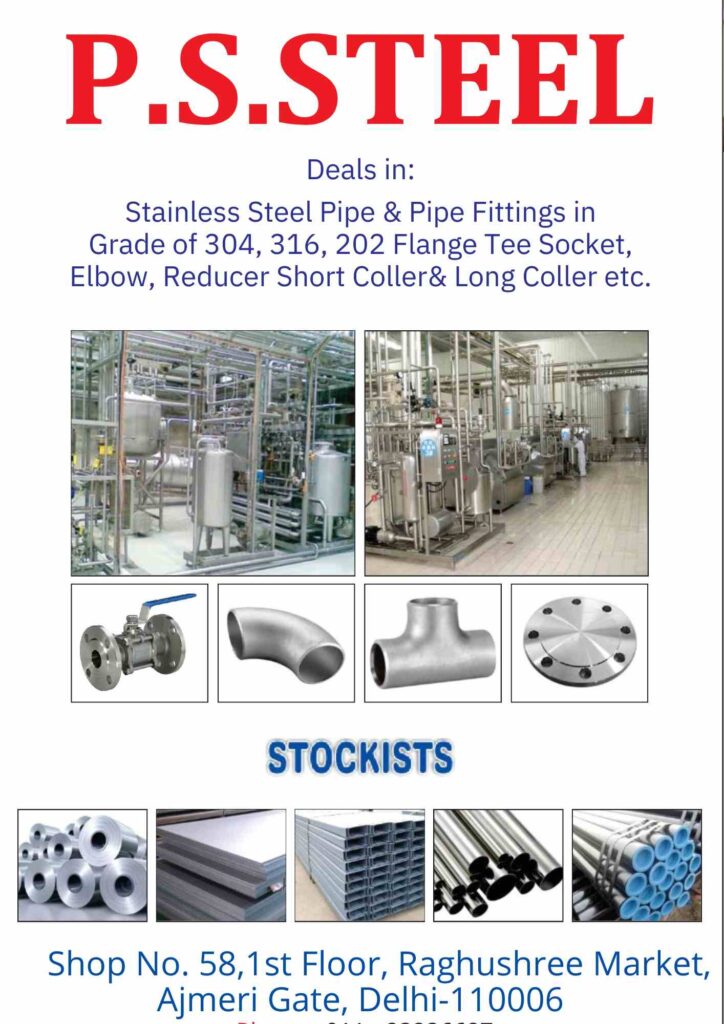Before we dive into choosing the right fittings, let’s talk about why stainless steel is such a fantastic material. Stainless steel is known for its strength and durability. It’s resistant to rust and corrosion, which means it can withstand harsh environments without degrading. This makes it ideal for use in plumbing systems, chemical plants, food and beverage processing, and more.
Types of Stainless Steel Fittings
Now, let’s break down the types of stainless steel fittings you might encounter:
- Elbows: These fittings are used to change the direction of flow in a piping system. They come in various angles, like 45 degrees and 90 degrees.
- Tees: These fittings are shaped like a “T” and are used to combine or split the flow in a piping system.
- Reducers: These fittings are used to connect pipes of different diameters.
- Couplings: These fittings are used to connect two pieces of pipe together.
- Unions: Similar to couplings, but designed for easier disassembly and reassembly of piping systems.
- Caps: These are used to close the end of a pipe, preventing the flow of fluid.
- Flanges: These fittings are used to connect pipes, valves, pumps, and other equipment to form a piping system.

How to Choose the Right Fittings
Choosing the right stainless steel fittings for your project involves considering a few key factors:
- Application: What will the fittings be used for? Different applications may require different types of fittings. For example, if you’re working on a plumbing system, you might need elbows and tees. For a chemical processing plant, you might need corrosion-resistant reducers and couplings.
- Pressure and Temperature: What are the pressure and temperature conditions of your system? Make sure the fittings you choose can handle the maximum pressure and temperature they’ll be exposed to.
- Pipe Size: Ensure the fittings match the size of your pipes. Using fittings that are too small or too large can cause leaks and other issues.
- Material Compatibility: Ensure the fittings are compatible with the material of your pipes and the substances flowing through them. Stainless steel is generally very versatile, but it’s still a good idea to double-check.
- Standards and Certifications: Look for fittings that meet industry standards and certifications to ensure they’re safe and reliable.
Common Applications of Stainless Steel Fittings

To give you a better idea of how versatile stainless steel fittings are, here are some common applications:
- Plumbing Systems: Stainless steel fittings are widely used in residential and commercial plumbing due to their durability and resistance to corrosion.
- Chemical Processing: The chemical resistance of stainless steel makes it ideal for use in processing plants.
- Food and Beverage: Stainless steel fittings are used in food and beverage processing because they’re easy to clean and don’t react with the products.
- Oil and Gas: The strength and durability of stainless steel make it perfect for use in the demanding environments of the oil and gas industry.
- Marine Applications: Stainless steel’s resistance to saltwater corrosion makes it suitable for use in marine environments.
Tips for Installation
Finally, here are some tips to keep in mind when installing stainless steel fittings:
- Ensure a Clean Surface: Before installing the fittings, make sure the pipe ends and fittings are clean. Any debris or dirt can compromise the seal and cause leaks.
- Use Proper Tools: Use the right tools for tightening fittings. Over-tightening can damage the fittings, while under-tightening can cause leaks.
- Check for Leaks: After installation, always check the system for leaks. It’s easier to fix a small leak now than deal with a major issue later.
- Follow Manufacturer’s Instructions: Always follow the manufacturer’s instructions for installation to ensure the fittings are installed correctly.
How to Choose Us.
Choosing the right stainless steel fittings for your project doesn’t have to be complicated. By understanding the types of fittings available, considering the specific needs of your project, and following proper installation practices, you can ensure your system is reliable and efficient. Stainless steel fittings are a durable, versatile, and reliable choice for a wide range of applications, making them a valuable component in any piping system.


































Review How to Choose the Right Stainless Steel Fittings for Your Project.